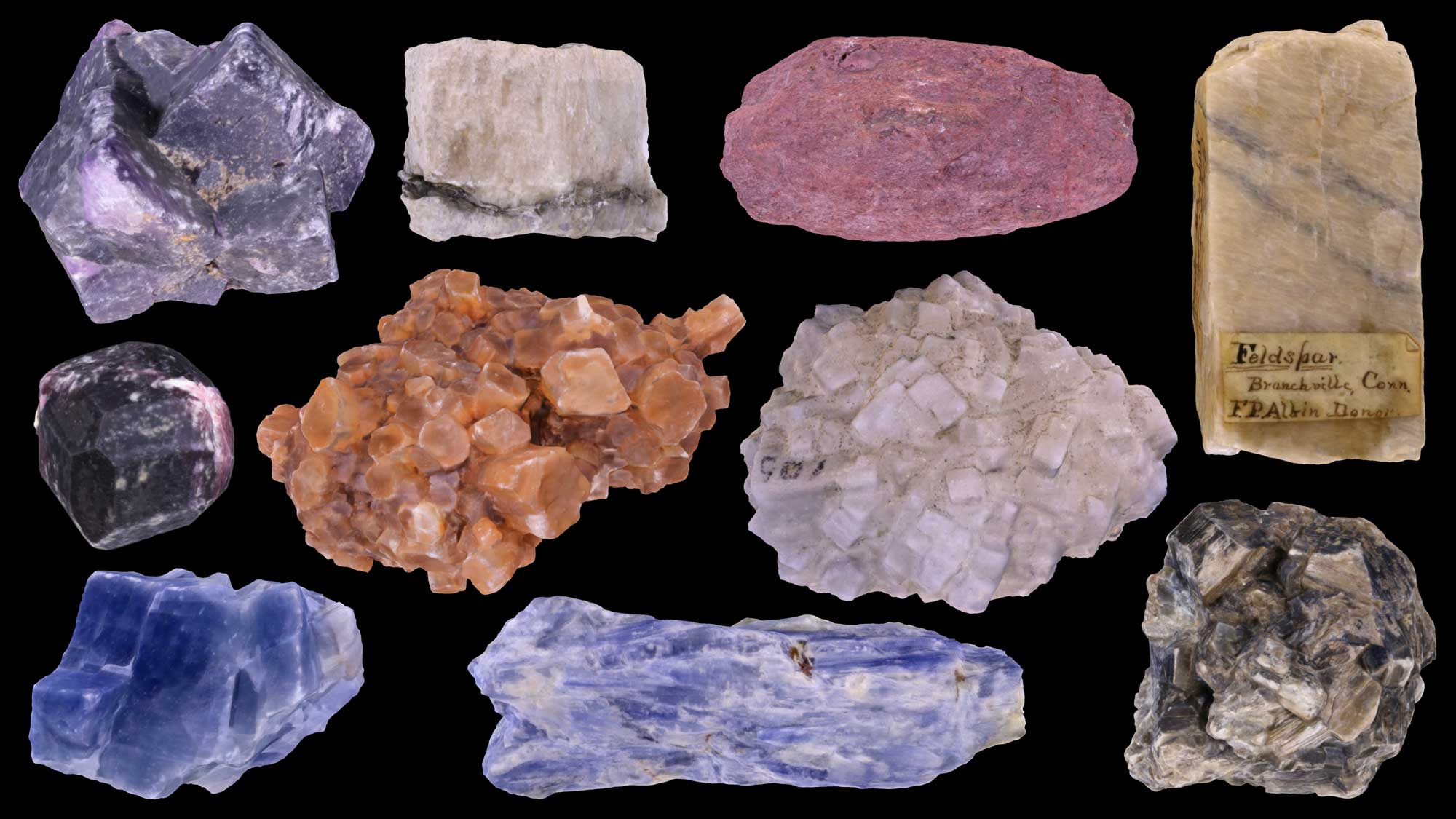
Rare earth minerals (REMs) have become a focal point of global attention due to their crucial role in modern technology and the ongoing transition to sustainable energy solutions. Despite their name, rare earth elements are not particularly rare in terms Crystals of abundance in the Earth’s crust. However, their extraction and processing are often complex and environmentally challenging, leading to concerns over supply chains, geopolitical tensions, and sustainability. This article explores the significance of rare earth minerals, their applications, the challenges associated with their extraction, and why they are more important than ever in today’s world.
- The importance of Rare Earth Minerals in Technology Rare earth minerals are a group of 17 elements, including neodymium, dysprosium, and lanthanum, that are essential for the production of a wide range of high-tech devices. These minerals are critical components in smartphones, computers, electric vehicles (EVs), wind turbines, and various military applications. For instance, neodymium is used to create powerful magnets that enable electric motors and generators, making it indispensable for both consumer electronics and renewable energy technologies. As the demand for clean energy solutions grows, the reliance on rare earth minerals will only increase, highlighting their importance in driving technological advancements.
- The Geopolitical Landscape of Rare Earth Minerals The global supply of rare earth minerals is highly concentrated, with China dominating the market by producing over 60% of the world’s supply. This concentration raises significant geopolitical concerns, especially for countries seeking to secure their access to these critical materials. Trade tensions and political conflicts can disrupt supply chains and create vulnerabilities for industries reliant on rare earth minerals. Consequently, many countries are now looking to diversify their sources of these minerals, investing in exploration and extraction projects both domestically and in politically stable regions. This shift could reshape the global market for rare earth minerals and foster international cooperation in securing supply chains.
- Environmental Challenges of Extraction The extraction of rare earth minerals is not without its environmental consequences. Mining operations can result in significant ecological degradation, including habitat destruction, soil and water pollution, and high energy consumption. The processing of these minerals often involves the use of hazardous chemicals, which can further harm local ecosystems and communities. Addressing these environmental challenges is crucial for the sustainable development of rare earth mineral resources. This can be achieved through the adoption of more environmentally friendly extraction methods, such as bioleaching, and implementing stringent regulations to minimize ecological impacts.
- Innovations in Recycling and Sustainable Practices As demand for rare earth minerals continues to rise, recycling and sustainable practices are becoming increasingly important. Recycling rare earth elements from electronic waste offers a viable solution to reduce reliance on virgin materials while minimizing environmental impacts. New technologies and processes are being developed to recover rare earth minerals from old devices efficiently. Additionally, companies are investing in research to create alternative materials that can substitute for rare earth elements in specific applications. By promoting recycling and innovation, industries can contribute to a more sustainable circular economy and reduce the environmental footprint of rare earth mineral production.
- The Role of Policy and Regulation Government policies play a pivotal role in shaping the future of rare earth mineral extraction and utilization. Many countries are recognizing the strategic importance of these minerals and are implementing policies to support domestic production, research, and development. For example, the united states has launched initiatives to strengthen its rare earth supply chains and reduce dependence on foreign sources. Moreover, international agreements and collaborations aimed at sustainable mining practices and responsible sourcing are gaining momentum. By fostering a supportive regulatory environment, governments can encourage investment in the rare earth sector and ensure that extraction processes align with environmental and social standards.
- Looking Ahead: The future of Rare Earth Minerals The future of rare earth minerals is both promising and challenging. As the demand for advanced technologies and sustainable energy solutions grows, the importance of these minerals will only increase. However, ensuring a stable and sustainable supply of rare earth minerals requires a multifaceted approach that addresses environmental concerns, diversifies supply chains, and promotes recycling efforts. Collaborative efforts among governments, industries, and researchers will be essential in navigating the complexities of the rare earth market. Ultimately, by prioritizing sustainability and innovation, we can harness the potential of rare earth minerals to drive technological progress and support a more sustainable future.
In conclusion, rare earth minerals are critical components of modern technology and sustainable energy solutions. Their significance is heightened by geopolitical factors, environmental challenges, and the urgent need for sustainable practices. As we move forward, it is essential to address these challenges while capitalizing on the opportunities that rare earth minerals present. By embracing innovation, promoting recycling, and fostering responsible sourcing, we can ensure that rare earth minerals continue to play a vital role in our society while safeguarding the environment for future generations.